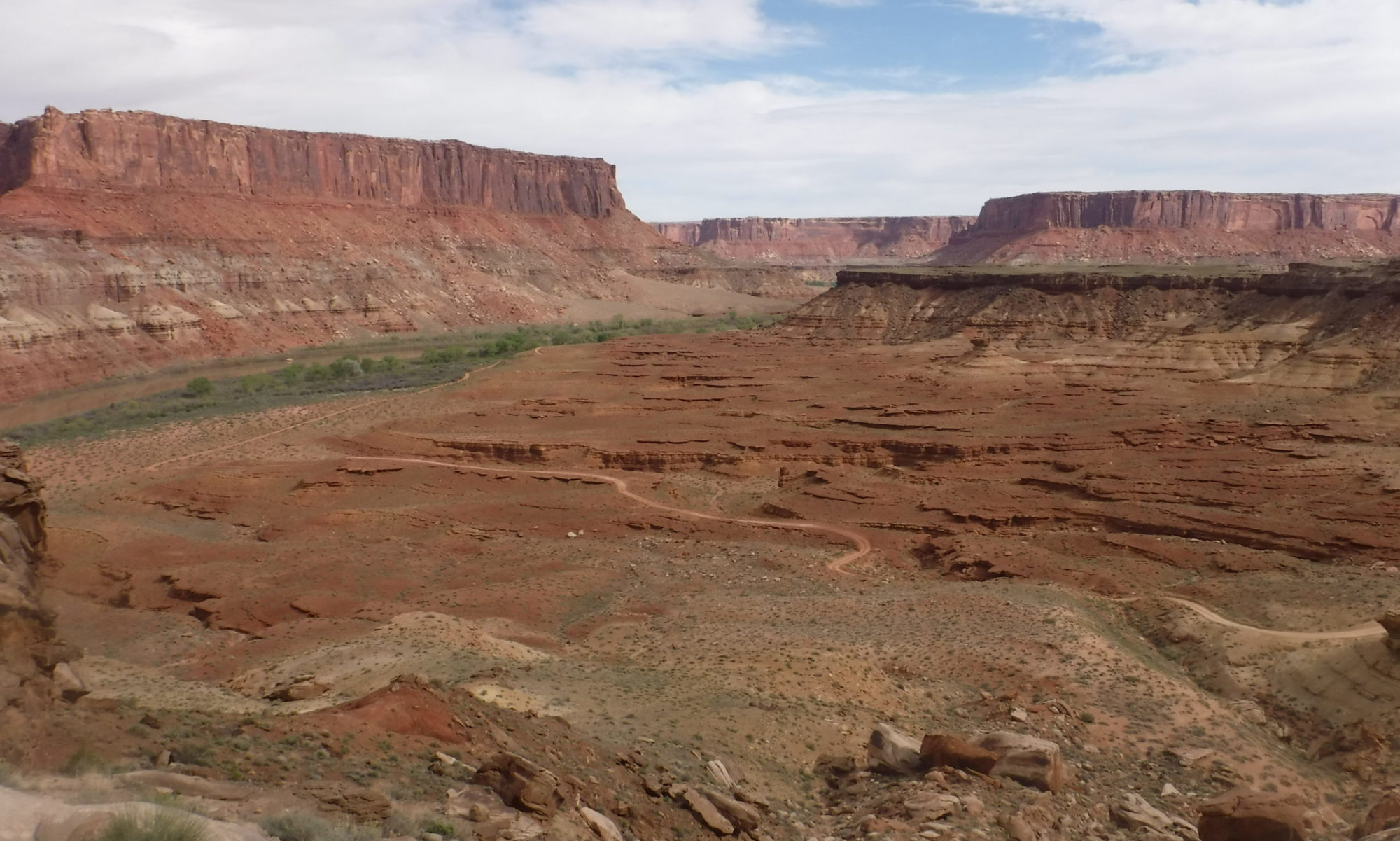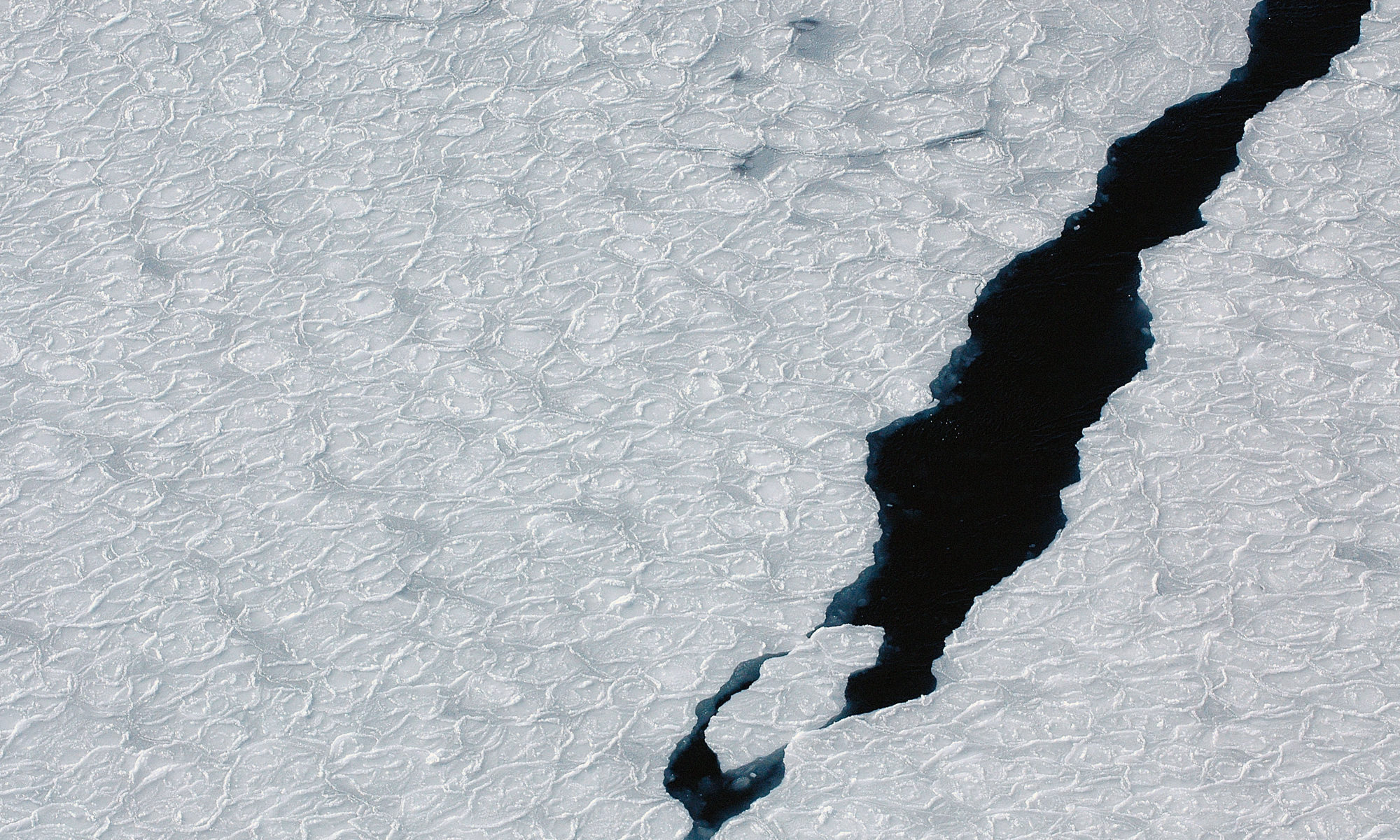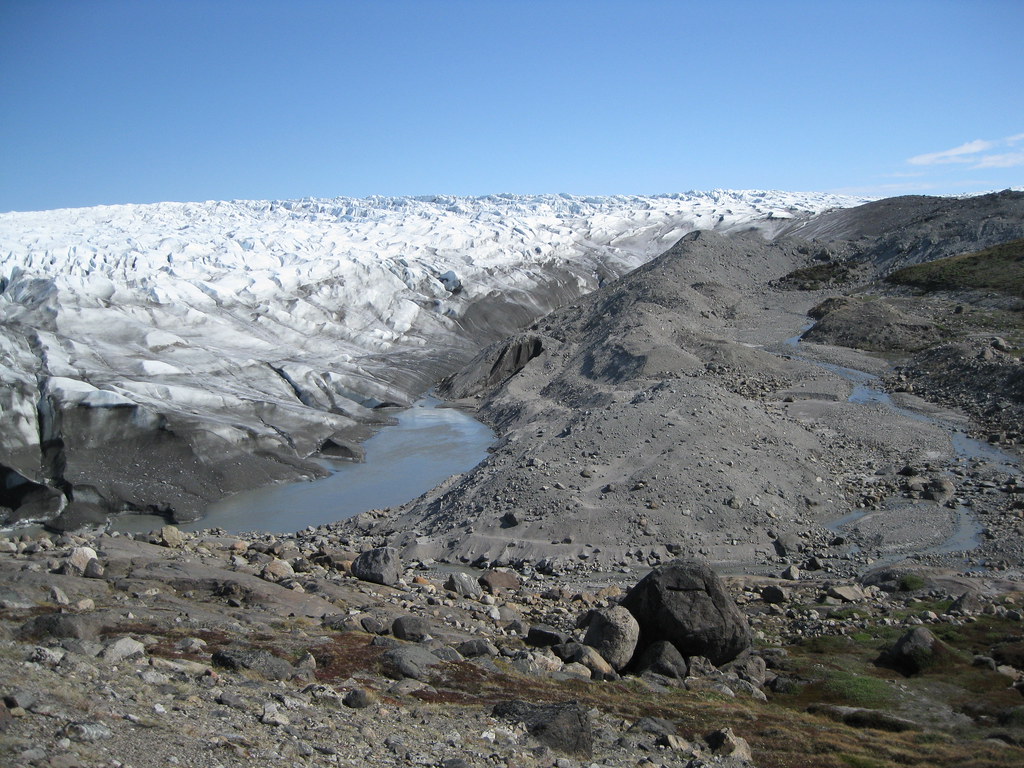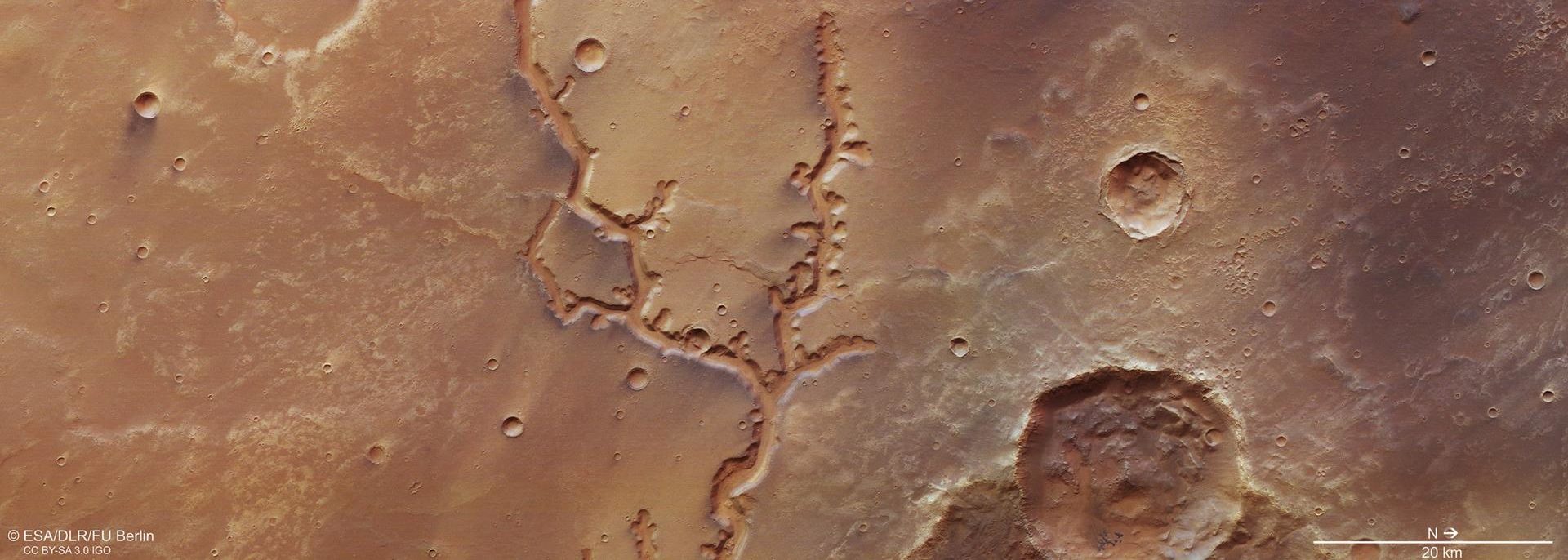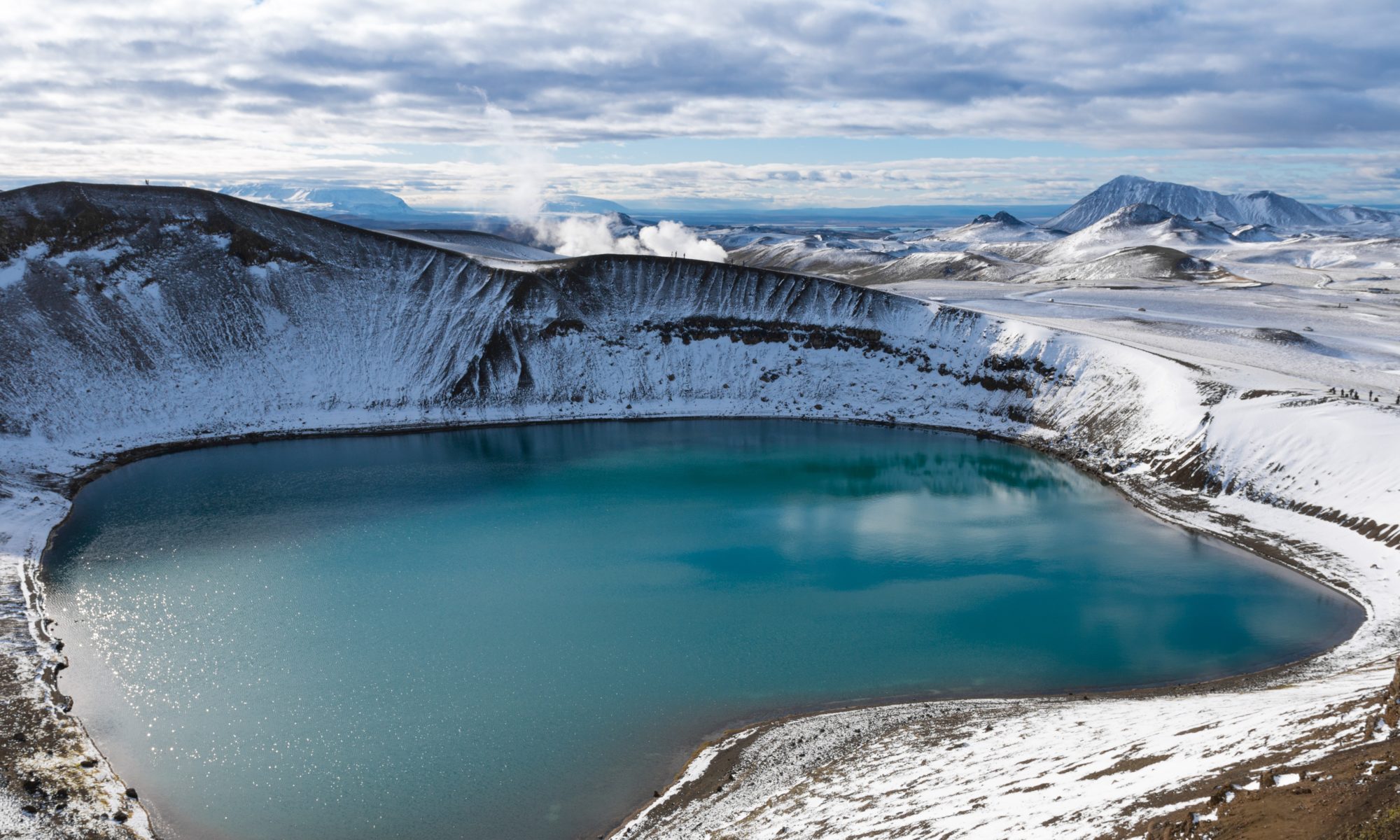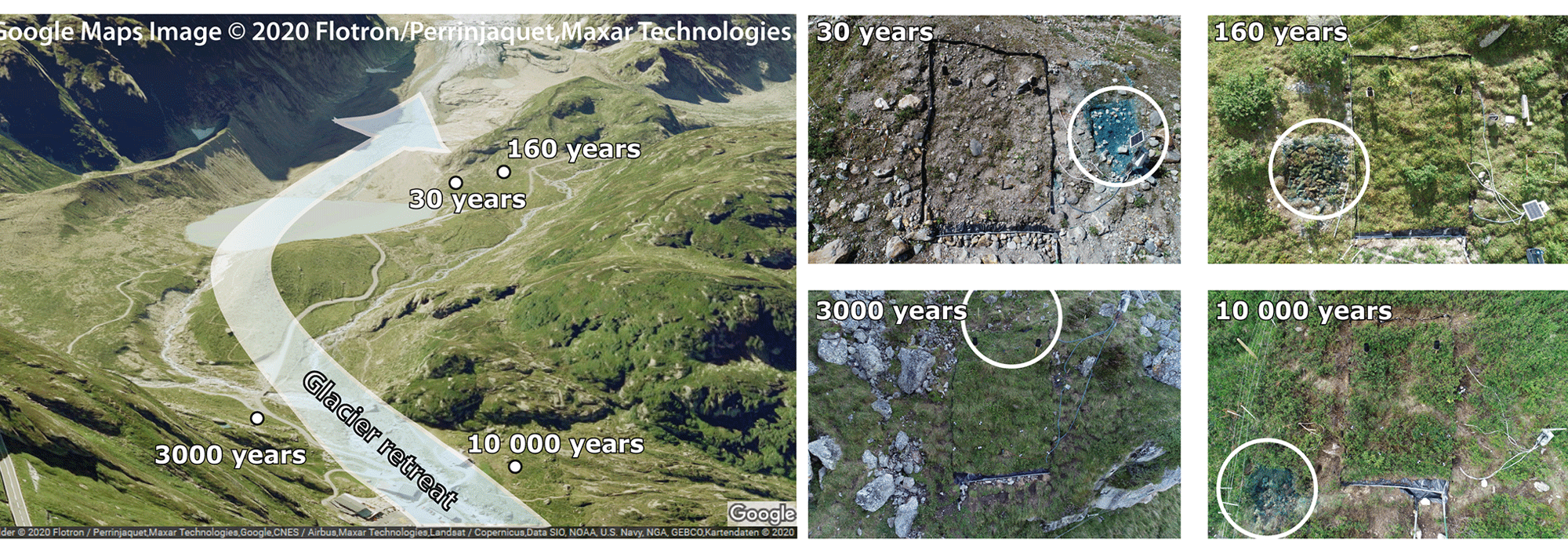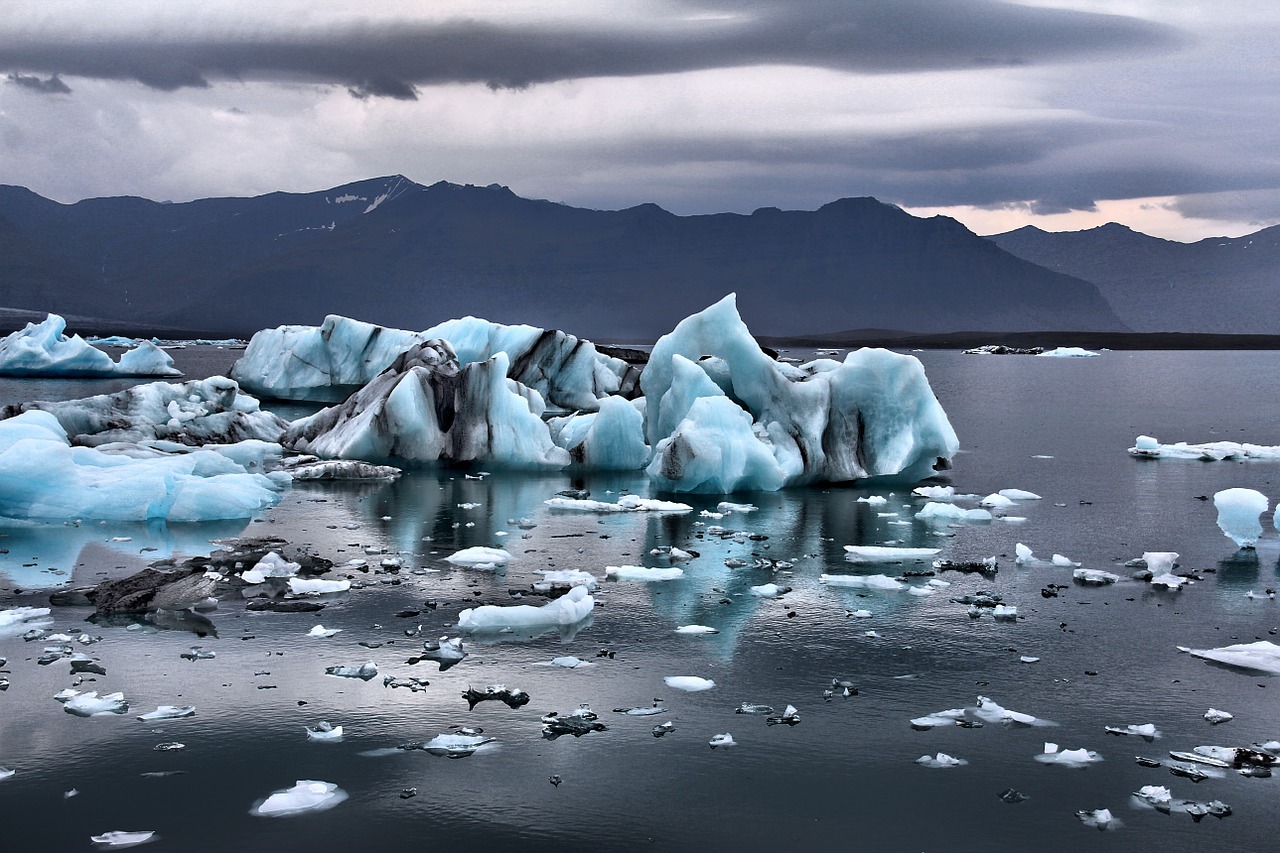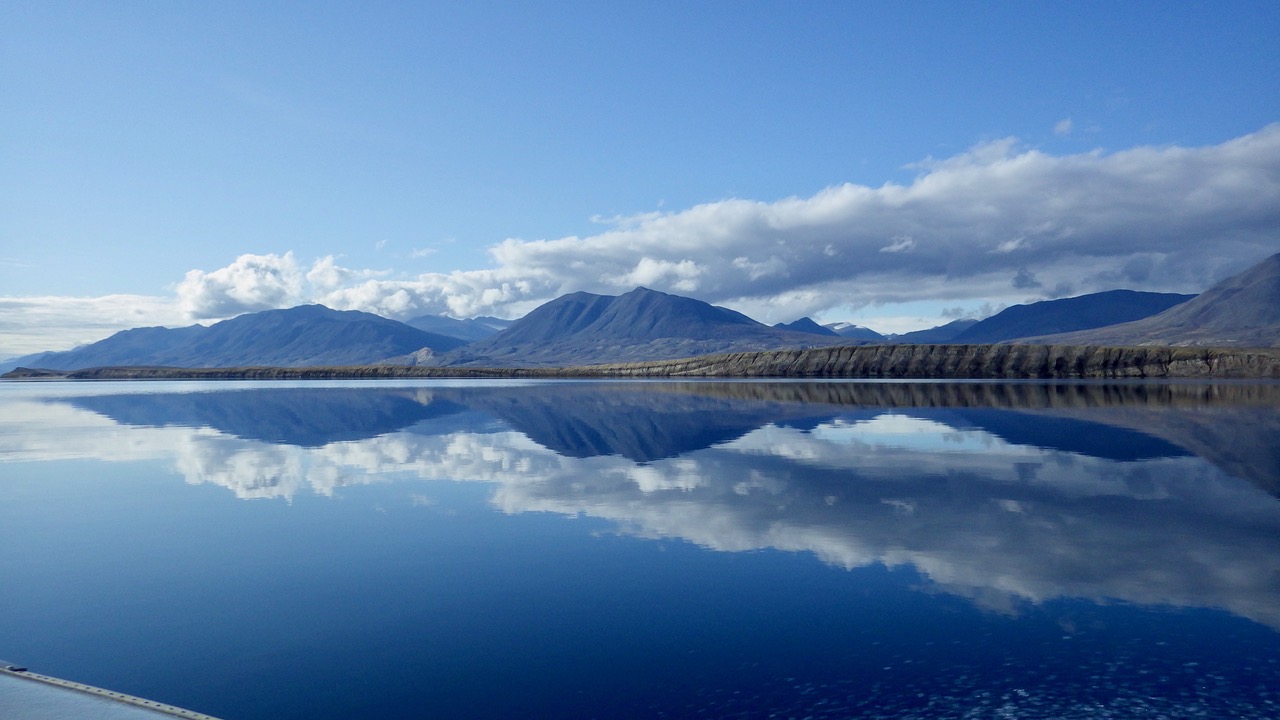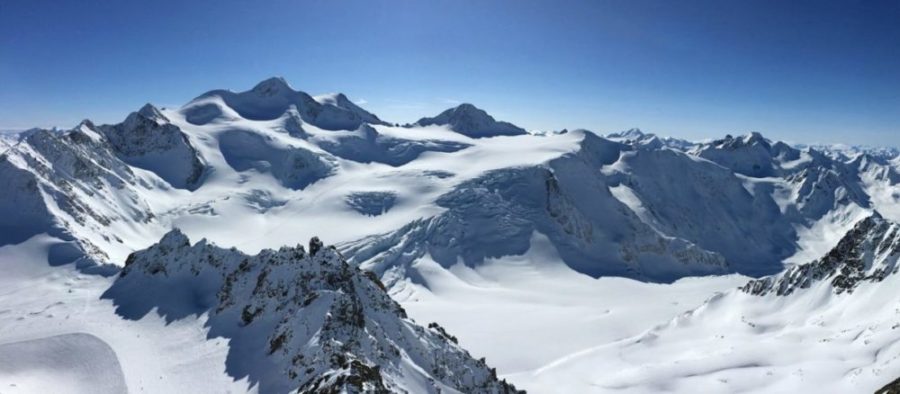Featuring image: modern sea ice at Antarctica. Denis Luyten (Wikimedia Commons), public domain (CC0).
Paper: Orbital forcing of ice sheets during snowball Earth
Authors: R. N. Mitchell, T. M. Gernon, G. M. Cox, A. R. Nordsvan, U. Kirscher, C. Xuan, Y. Liu, X. Liu, X. He
When you think about the Earth, you might imagine a blue and green globe orbiting the Sun. But the face of Earth has changed significantly over its life time and in the past, there were times when the Earth resembled more to a frozen, white snowball. Geologists, studying the climate during these cold epochs, found a connection between climate conditions in frozen oceans and variations of Earth’s orbit.
Continue reading “Breaking the ice — Climate systems during Snowball Earth”
